All Science
 Is NASA ready for a human mission to Mars? No, say government auditors.
Is NASA ready for a human mission to Mars? No, say government auditors.NASA has a bold vision for a crewed mission to Mars, but thus far, that vision lacks a certain degree of clarity, critics and auditors say.
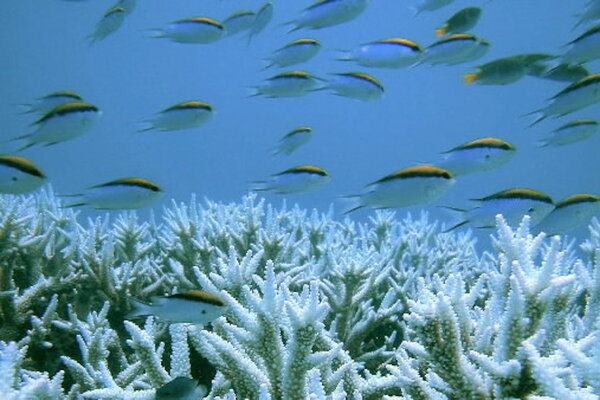 Why are spiny damselfish going into permanent 'night mode'?
Why are spiny damselfish going into permanent 'night mode'?A study published Monday shows spiny damselfish can adapt to the increased acidification of warming oceans by changing their circadian rhythms.
 How did life on Earth defy statistics and show up early?
How did life on Earth defy statistics and show up early?A new study may have an answer as to why we have not discovered extraterrestrial life yet.
 How soaring birds might inspire intelligent, gliding machines
How soaring birds might inspire intelligent, gliding machinesScientists created a computer model of birds learning to soar in turbulence for insights into how machines might develop that skill, too.
 First LookWere the last North American woolly mammoths parched when they died?
First LookWere the last North American woolly mammoths parched when they died?Woolly mammoths lived on Saint Paul Island in Alaska until about 5,600 years ago – surprisingly late. And, according to new research, lack of water may have played a role in their extinction.
 Juno space probe reaches milestone in first lap around Jupiter
Juno space probe reaches milestone in first lap around JupiterNASA's most ambitious Jupiter probe yet has reached 'apojove,' the turning point in Juno's first orbit around the gas giant.
 First LookBennu bound: NASA readies for historic mission to study an asteroid
First LookBennu bound: NASA readies for historic mission to study an asteroidIn September, NASA will launch a probe to collect a sample of rock from an asteroid known as Bennu.
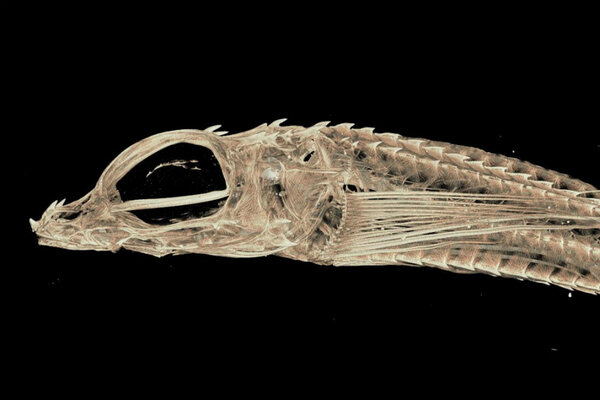 What scientists could learn from more than 25,000 'digitized' fish species
What scientists could learn from more than 25,000 'digitized' fish speciesAdam Summers, a professor at the University of Washington, hopes to use computed tomography (CT) scanning to create a scan of every fish species known to man.
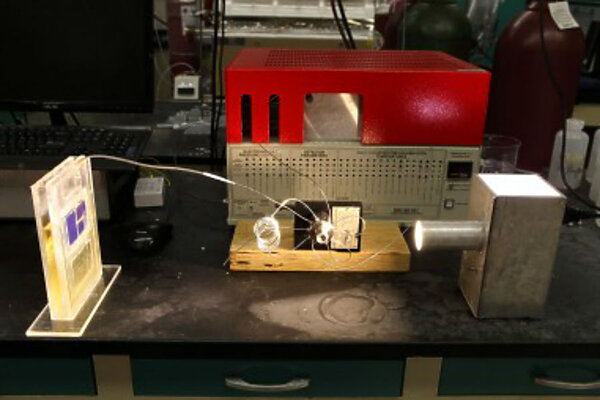 First LookScientists flip energy equation with solar leaf that converts CO2 into fuel
First LookScientists flip energy equation with solar leaf that converts CO2 into fuelResearchers at the University of Illinois at Chicago say the fuel from carbon dioxide can remove the greenhouse gas from the atmosphere, and provides a sustainable type of fuel that is as cheap as a gallon of gas.
 Could the Brexit harm science in Britain?
Could the Brexit harm science in Britain?Following the Britain's vote to leave the European Union, British scientific and research academies have joined other major industries across the United Kingdom scrambling to understand what their future may look like.
 Water didn't carve Mars' gullies. What did?
Water didn't carve Mars' gullies. What did?Scientists examined high resolution images of 100 sites on the red planet in an effort to understand what processes carved Mars' gullies.
 Cover Story20,000 discoveries under the sea
Cover Story20,000 discoveries under the seaScientists tap new technologies to unravel mysteries of the deep – discovering sources of food and energy, and enhancing knowledge of life on land.
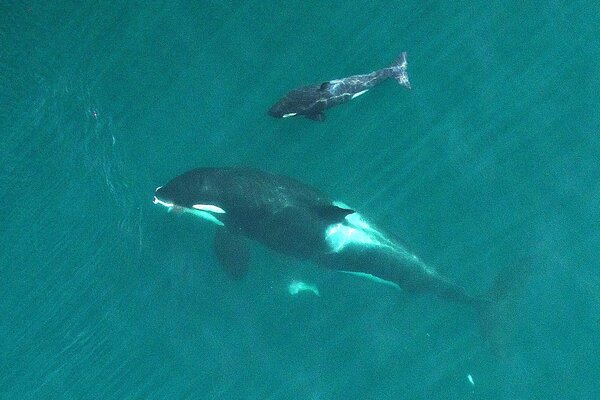 Can drones help save the whales?
Can drones help save the whales?Drones helped NOAA researchers in the Hawaiian Island, helping them to count the whale calves without disturbing them, a growing trend in wildlife research.
 Why is Lake Tahoe getting warmer so quickly?
Why is Lake Tahoe getting warmer so quickly?Lake Tahoe is warming 15 times more quickly than the historic average rate, threatening to cloud its famous clear blue waters.
 First LookThese boots are made for vibrating – in space
First LookThese boots are made for vibrating – in spaceJust try walking in space with a suit made of 14 layers that weigh in at 250 pounds here on Earth. Boots developed by MIT aim to help.
 The newest weapon in the Asian carp battle: Alligator fish
The newest weapon in the Asian carp battle: Alligator fishSome biologists call it a win-win: Introduce an ugly fish that went extinct in the Midwest last century, and it might eat the so far unstoppable Asian carp. But others aren't sure it will help solve the invasive fish problem.
 Is the deepest 'blue hole' on Earth in the South China Sea?
Is the deepest 'blue hole' on Earth in the South China Sea?South China Sea's blue hole calls into question theories about the way underwater sinkholes form.
 White dwarf star blast: a new form of ‘cosmic particle accelerator’?
White dwarf star blast: a new form of ‘cosmic particle accelerator’?As the white dwarf of the AR Scorpii spins, it beams particles close to the speed of light to its companion star, causing the system to pulse with light.
 A secluded star throws a spectacular tantrum
A secluded star throws a spectacular tantrumAstronomers are puzzled as to how CX330 developed 1,000 light years away from the nearest star-forming region.
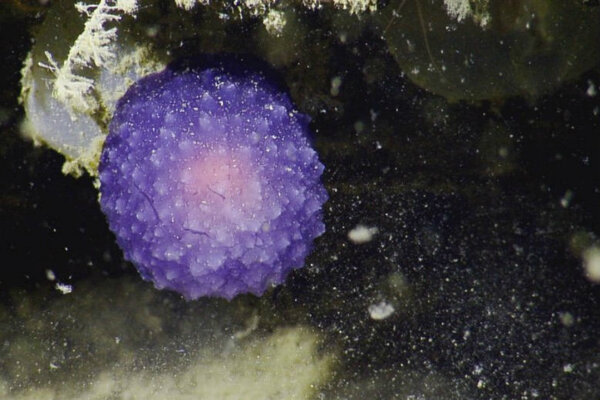 Scientists spot strange purple orb on ocean floor. What could it be?
Scientists spot strange purple orb on ocean floor. What could it be?The strange blob could represent a new species, NOAA researchers say.























